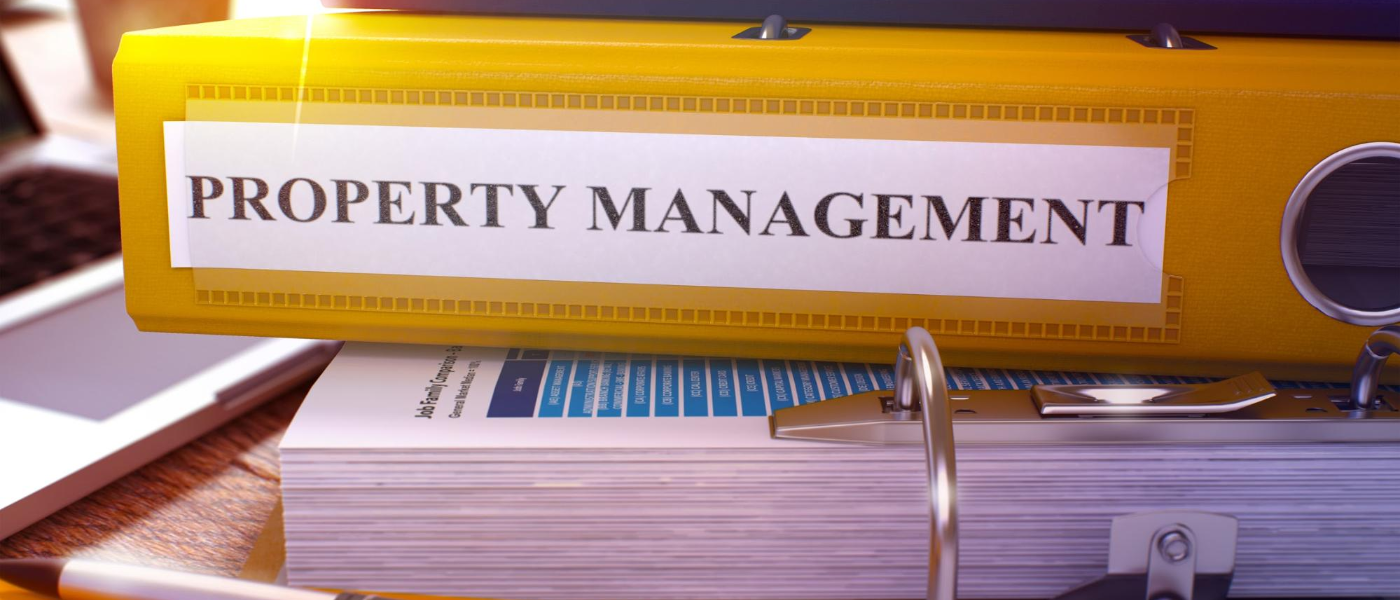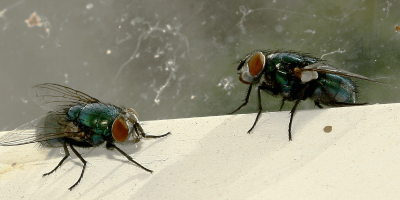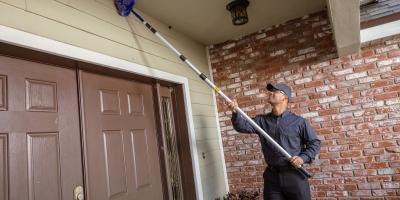Property Management and Pest Control: The New PB&J

Wherever people go in numbers, there too go pests. Nowhere is this more of a concern than in apartment communities, where the sheer density of residents is enough to attract everything from itsy-bitsy bed bugs to ravenous racoons.
Even with appropriate pest prevention and sanitation practices, once an infestation begins it takes little time to spread throughout a multi-residential building or neighborhood. Property managers and owners alike need a game plan for both preventing pest invasions as well as dealing with the inevitable outbreaks when they do occur.
An Ounce of Prevention: Priceless
Not only is the prevention and treatment of pest problems important for the health and safety of residents, in many cases it’s the law.
For example, New Hampshire passed an ordinance in 2014, which compels landlords to investigate and remediate any report of bed bugs in a rental property. Massachusetts, Maine, Connecticut, Rhode Island, and Vermont have similar laws on the books, which also cover other insects as well as rodent infestations.
Some of the most common residential pests also include ants, wasps, cockroaches, flies, ants and spiders. Although they all differ slightly in their biology and habitat, preventing and treating for pest problems is remarkably consistent across species.
The Environmental Protection Agency has compiled a list of seven practices essential to effective facilities pest management, which offers a concise guide on how to prevent and address pest problems.
Essential Pest Prevention Practices
First, the property should constantly be monitored for pest types and population levels. Maintenance technicians should be trained to recognize evidence of pest problems; such as rodent droppings, gnaw marks, insect nests and discarded exoskeletons.
Second, buildings—especially entryways—should be routinely inspected for any breaches. Cracks, holes and doors that don’t close all the way will allow pests to migrate from one area to another and speed up the spread of unwanted critters.
Third, reducing sources of water will go a long way toward minimizing pest populations by cutting off their water supply. Leaky pipes, clogged gutters, and broken drains & downspouts can redirect water where it doesn’t belong, giving some insects more places to reproduce as well as provide larger pests, such as rodents, more places to wet their whistle.
Fourth and fifth: proper recycling and garbage disposal procedures. Metal receptacles are better than plastic, which is soft enough for many pests to chew through. Routine collection and convenient receptacle locations that encourage residents to regularly dispose of their trash are key to keeping refuse out of residential areas.
Sixth, avoid over-the-counter pesticides whenever possible. If mechanical removal procedures are an option, such as animal traps or high-powered vacuums with HEPA filters, those should be deployed as a first-line treatment before toxins are introduced to residential areas. These non-pesticide processes are critical components of Integrated Pest Management (IPM), an innovative approach to pest control that is all about prevention and education. In short, IPM relies on far fewer pesticides and any required are deployed more strategically for greater long-term results.
Finally, collaborating with your residents will help develop a team approach to pest maintenance. Renters can be enticed to attend training sessions with free tools, such as bag clips, trash bins and caulk guns. There, they can be educated about proper housekeeping and sanitation procedures, how to recognize and report infestations and how to work together as neighbors to prevent and combat pest problems.
There’s no mistaking how much work goes into managing any property, from smaller multi-family buildings to vast apartment complexes. Not only does hiring a professional to handle pest control free property managers up to work on their day-to-day operations, sometimes it’s even the law.
As with most issues in business, a proactive approach will almost certainly end up costing less money because it enables you to catch and prevent problems before they even happen. That ensures the rent-paying residents stay happy, and the critters who would love to move in stay away.
If you’re tasked with managing a multi-residential property, you’ve got enough on your plate without worrying about pest control. Learn about our Property Management Protection Program and request a free consult.



